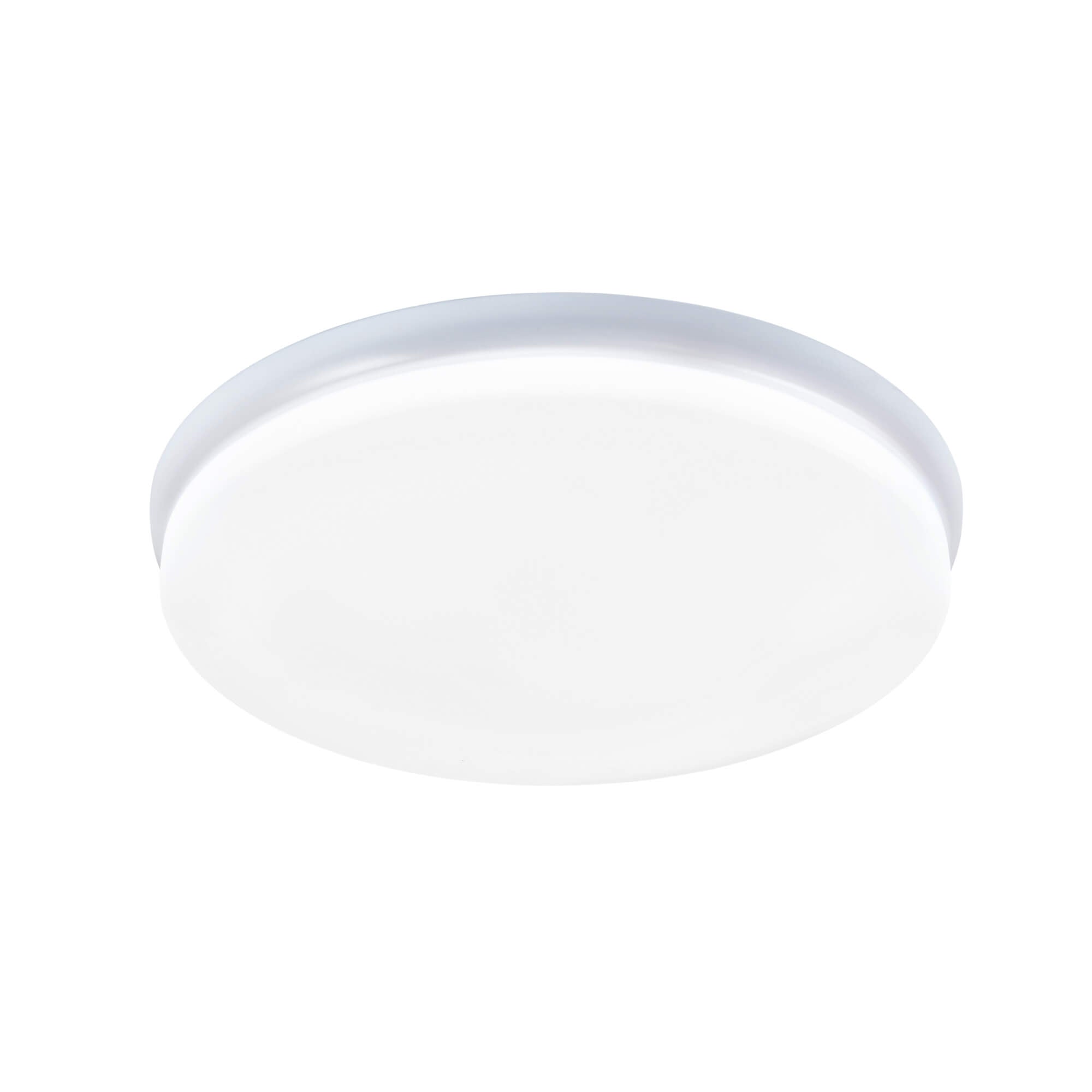Discover Why Flush Mount LED Lights Are Revolutionizing Hospital Spaces!
In today's fast-paced healthcare environment, effective lighting solutions are paramount for ensuring the safety and comfort of both patients and medical staff. Among the various lighting options available, flush mount LED ceiling lights have emerged as a preferred choice in hospitals. These lights, which sit snugly against the ceiling and provide an even spread of illumination, are becoming increasingly important due to their numerous advantages. As healthcare facilities strive to create a welcoming atmosphere while maintaining high operational efficiency, understanding the benefits and specifications of flush mount LED lights is crucial. This article will delve into the advantages of these innovative lighting solutions and explore the critical specifications that make them suitable for hospital environments.

Advantages of Flush Mount LED Lights in Hospitals
Flush mount LED lights offer a plethora of advantages that make them an ideal choice for hospitals. One of the most significant benefits is their energy efficiency. Unlike traditional incandescent bulbs, LED lights consume considerably less power, which translates to lower electricity bills for healthcare facilities. This is particularly important for hospitals that operate 24/7 and require consistent lighting across various departments. Additionally, LED lights have a longer lifespan compared to their incandescent or fluorescent counterparts, often lasting up to 25,000 hours or more. This longevity means fewer replacements and reduced maintenance costs, allowing hospital budgets to allocate resources more effectively towards patient care and other essential services.
Another advantage is the reduced heat output of LED lights. Traditional lighting options can generate excessive heat, which can impact the comfort of patients and staff alike. Flush mount LED lights remain cool to the touch, contributing to a more comfortable environment, especially in areas where patients are resting or recovering. This reduction in heat output also decreases the load on air conditioning systems, further enhancing energy savings. Furthermore, the durability of LED lights makes them less prone to breakage, which is a crucial factor in high-traffic hospital areas where safety is a priority.
Improved Patient Comfort and Safety
The impact of proper lighting on patient comfort cannot be overstated. Research has shown that well-lit environments can improve mood, reduce anxiety, and promote healing, making it essential for hospitals to prioritize their lighting choices. Flush mount LED lights provide a uniform and glare-free illumination that enhances visibility without causing discomfort to patients. This is particularly beneficial in patient rooms, waiting areas, and treatment spaces, where harsh lighting can contribute to stress and unease.
Moreover, adequate lighting is vital for medical staff performing critical tasks. Flush mount LED lights can offer the necessary brightness for procedures and examinations, ensuring that healthcare professionals can see clearly and make informed decisions. The enhanced visibility also aids in minimizing errors and improving patient safety, which is paramount in any healthcare setting. In my experience, a friend who worked as a nurse shared how the transition to LED lighting in their hospital significantly improved the working conditions, allowing them to focus better on patient care without the distraction of flickering lights or excessive glare.
Specifications and Design Considerations
When selecting flush mount LED lights for hospitals, several important specifications should be considered. Lumen output is a crucial factor, as it indicates the brightness of the light. For hospital environments, a higher lumen output is often necessary to ensure adequate illumination in various settings, from patient rooms to surgical areas. Additionally, color temperature plays a significant role in creating the right atmosphere. A color temperature of around 4000K to 5000K is generally recommended for hospital lighting, as it mimics natural daylight and promotes alertness among staff while providing a calming environment for patients.
Another critical specification is the Color Rendering Index (CRI), which measures how accurately colors appear under a light source. For hospitals, a high CRI (above 80) is essential, as it allows medical staff to see true colors when assessing patient conditions and diagnosing illnesses. Design considerations should also include aesthetics; flush mount LED lights come in various styles that can seamlessly integrate with the hospital's overall design. This means hospitals can choose fixtures that not only provide functional lighting but also enhance the visual appeal of the space. Additionally, compatibility with existing lighting systems is vital to ensure a smooth transition and avoid unnecessary disruptions during installation.
Regulatory Compliance and Standards
In addition to performance specifications, hospitals must adhere to various regulations and standards regarding lighting in healthcare settings. These regulations are often established to ensure the safety and well-being of patients and staff. Flush mount LED lights can meet these criteria by providing adequate illumination, reducing glare, and ensuring energy efficiency. Compliance with standards set by organizations such as the Illuminating Engineering Society (IES) and the American National Standards Institute (ANSI) is essential for hospitals to maintain their accreditation and uphold the highest standards of patient care.
Furthermore, many jurisdictions have specific codes related to the installation of lighting in healthcare facilities. By choosing flush mount LED lights that comply with these regulations, hospitals not only enhance safety and comfort but also mitigate the risk of legal issues related to non-compliance. Engaging with lighting professionals during the selection and installation process can help ensure that all regulatory requirements are met, ultimately leading to a well-lit, safe, and efficient healthcare environment.
Transforming Hospital Lighting with LED Solutions
In summary, flush mount LED ceiling lights are revolutionizing hospital environments by offering a range of advantages that enhance both operational efficiency and patient care. Their energy efficiency, longevity, and low maintenance costs contribute to significant savings for healthcare facilities, while their ability to improve patient comfort and safety cannot be overlooked. By understanding the specifications and design considerations necessary for effective lighting, hospitals can make informed decisions that align with regulatory standards and enhance the overall ambiance of their spaces. As the healthcare landscape continues to evolve, the adoption of flush mount LED lights will undoubtedly play a crucial role in shaping the future of hospital design and functionality. It’s time for healthcare facilities to explore these transformative lighting solutions and embrace the benefits they offer.








